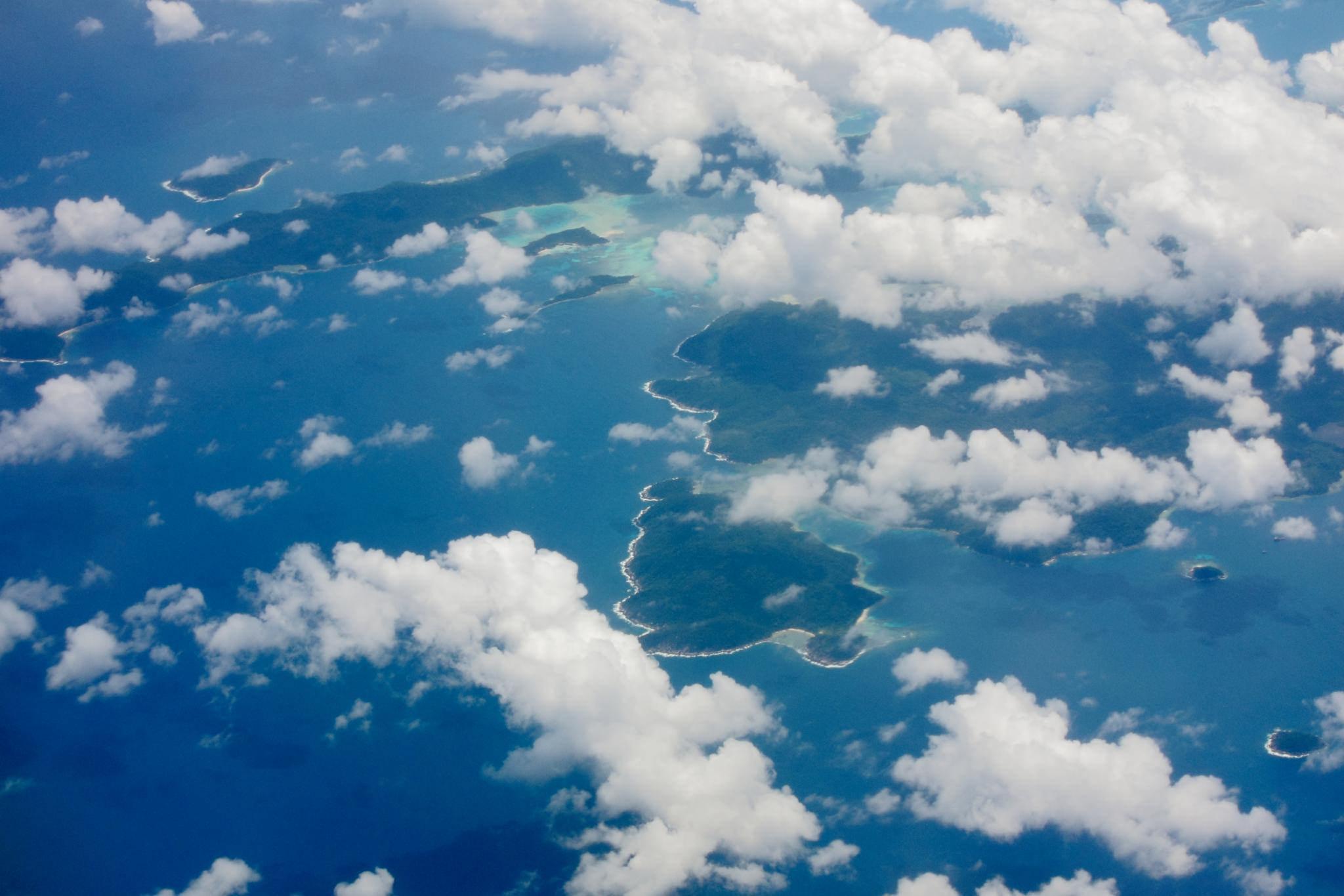Foreign policy white paper 2017: the strategic implications
Posted By Paul Dibb on November 30, 2017 @ 06:00
The 2017 foreign policy white paper [1] is a well-crafted document that covers the key elements of Australia’s foreign-policy outlook. In addition—unlike its predecessors—it sets out Australia’s strategic priorities. It skilfully melds the geoeconomic and geostrategic components and addresses the central issues of the US and China, the Indo-Pacific region, the Asian democracies, and the need for Australia to refocus its vital interests on Southeast Asia and the South Pacific.
Allan Gyngell has said [2] that the document makes ‘as solid an effort as you could expect to say something useful about a world in which … “often we will be responding to unexpected events”’. He considers it ‘the most thoughtful and likeliest to last’ of the three Australian foreign-policy white papers (1997, 2003 and 2017). I would add that it also gives a more relevant strategic policy analysis than the 2016 defence white paper, which recited more than 50 times the importance of the ‘rules-based international order’ just as that concept was about to be fundamentally challenged by the erratic President Donald Trump and the autocratic President Xi Jinping.
This white paper is also a much more useful policy tool than the Labor government’s 2013 effort, Australia in the Asian century [3]. That document was written by a bunch of economists who thought that the future peace of the region would be ensured by its record of sustained economic growth and economic interdependence. That judgement too has been overtaken by events, not least by the rising tide of economic protectionism and inward-looking nationalist policies in the US and elsewhere.
Any white paper—whether of the foreign-policy or defence kind—is necessarily constrained by how bluntly it can express negative views about foreign countries. But that hasn’t prevented this white paper from observing that without strong US political, economic and security engagement, power is likely to shift more quickly in the region and ‘it will be more difficult for Australia to achieve the levels of security and stability we seek’.
It goes on to acknowledge that there is greater debate and uncertainty in the US about the costs and benefits of sustaining its global leadership. Without sustained American support, the effectiveness and liberal character of the rules-based order will decline, and the white paper concedes that America’s long dominance of the international order ‘is being challenged by other powers’. These trends are converging to create an uncertain outlook for Australia.
The white paper accepts that China is challenging America’s position in our region and notes that, as China’s power grows, the region is changing ‘in ways without precedent in Australia’s modern history’. The paper uses code words to observe that ‘in some cases, major powers are ignoring or undermining international law’.
It is blunt about the South China Sea, which is described as a major fault line in the regional order. Australia, it says, is particularly concerned about ‘the unprecedented pace and scale of China’s activities’ there. It firmly states that Australia opposes the use of disputed features and artificial structures in the South China Sea for military purposes.
And it concedes that in parts of the Indo-Pacific, including in Southeast Asia, China’s power and influence are growing to match, and in some cases exceed, America’s.
We have never before seen such strong words in any Australian government white paper, whether foreign policy or defence.
With regard to the Indo-Pacific region, the democracies of Japan, Indonesia, India and the Republic of Korea are described as being of ‘first-order importance to Australia’.
Concerning Southeast Asia, the white paper says that it frames Australia’s northern approaches and is of profound significance for our future. It sits at a nexus of strategic competition in the Indo-Pacific. As competition for influence in the region grows, the government ‘will increase Australia’s efforts to ensure we are a leading security, economic and development partner for Southeast Asia’.
The security of Papua New Guinea, other Pacific island countries and Timor-Leste is described as being a fundamental Australian strategic interest. Stability in the region is ‘vital to our ability to defend Australia’s northern approaches, secure our borders and protect our exclusive economic zone’. The government says it will deliver ‘a step change’ in our engagement with Pacific island countries.
This quick synopsis shows just how different the 2017 foreign policy white paper is and how it is an amalgam of both diplomacy and strategic priorities. Of course, that won’t stop the apologists from asserting that China will never be a threat to us and that we need to encourage America to concede strategic space to Communist China. What is always missing from that line of appeasement is precisely what strategic space needs to be given up. Is it Taiwan? Is it the South China Sea? And is it to acknowledge Southeast Asia as a Chinese sphere of influence that would effectively leave us Finlandised?
Article printed from The Strategist: https://aspistrategist.ru
URL to article: /foreign-policy-white-paper-2017-the-strategic-implications/
URLs in this post:
[1] 2017 foreign policy white paper: https://www.fpwhitepaper.gov.au/
[2] Allan Gyngell has said: http://www.theaustralian.com.au/news/inquirer/foreign-policy-magical-thinking-no-resources/news-story/44ab323037d8b63125c25d51a3b790ce
[3] Australia in the Asian century: http://www.defence.gov.au/whitepaper/2013/docs/australia_in_the_asian_century_white_paper.pdf
Click here to print.
